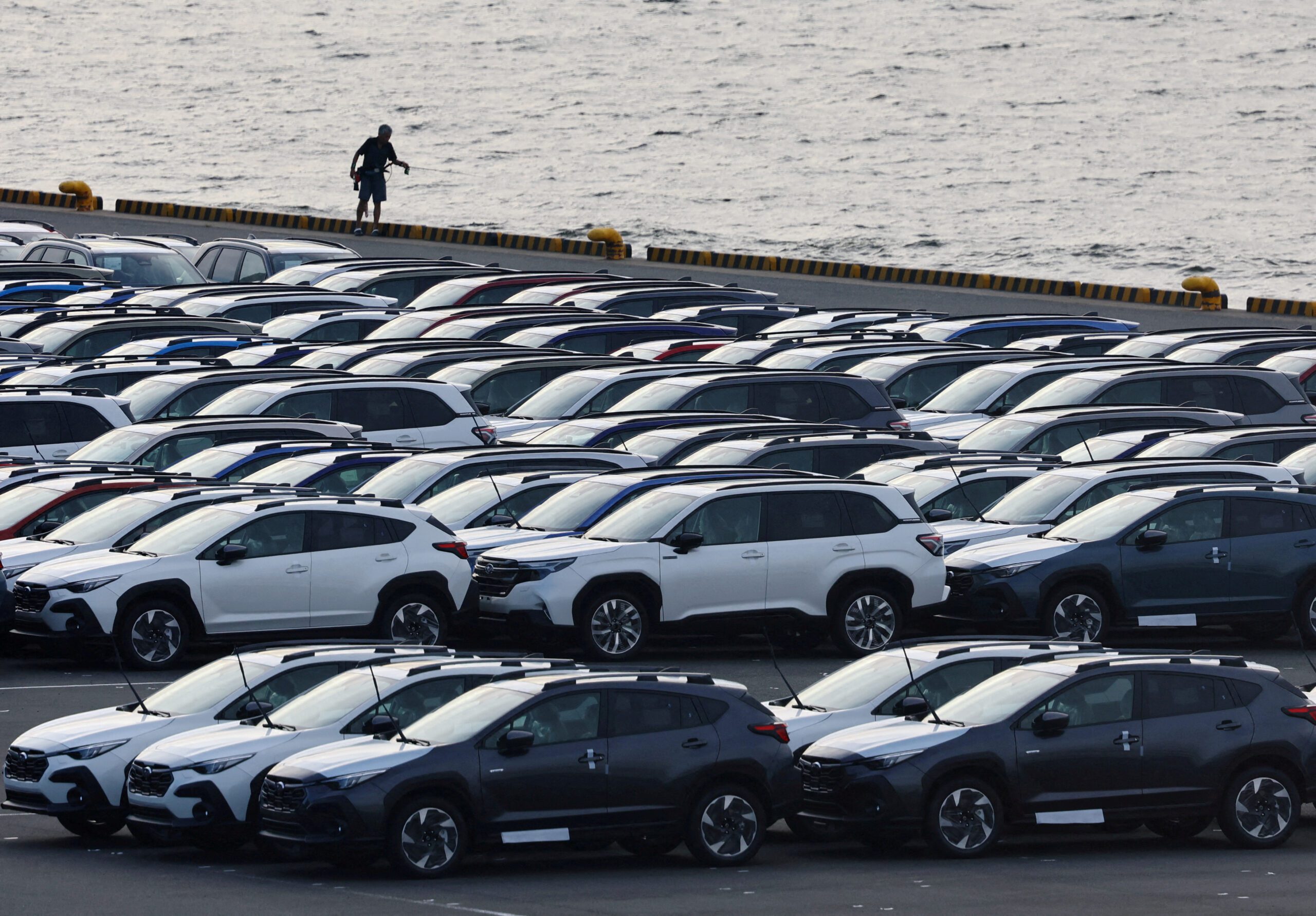 By Brenda Goh
By Brenda Goh
CHONGQING, China, Nov 11 (Reuters) – China, already at the centre of world trade, plans to spend billions of dollars to revive intercontinental land routes and develop maritime links to expand commerce and give it more weight in a freight system dominated by European shipping lines.
President Xi Jinping set out his vision during a September 2013 visit to Kazakhstan and on Saturday he announced an initial $40 billion for a “Silk Road fund” to invest in infrastructure and industrial and financial cooperation, aiming to “break the connectivity bottleneck” in Asia.
The modern-day Silk Road starts at Tuanjie Village, the name – meaning “solidarity” – given to a railway station encircled by container depots in Chongqing, a city of 30 million where laptop maker Hewlett Packard and Apple supplier Foxconn have factories, among others.
The first stirrings of this new Silk Road predate Xi’s plan: a direct train to Duisburg in Germany left Chongqing in 2011.
A map published by state news agency Xinhua envisages two routes: an overland one snaking through Kazakhstan, Kyrgyzstan and Iran en route to Vienna in Austria; and a maritime route from Chinese ports to Belgium’s Antwerp.
Details remain sketchy, but Xinhua said the plan would focus on China’s Silk Road Economic Belt and the 21st Century Maritime Silk Road initiative, building roads, railways, ports and airports across Central and South Asia.
“It is China’s wish to have an independent route,” said Henrik Christensen, president of global logistics at KTZ Express, part of Kazakhstan Railways, which helped develop the Chongqing-Duisburg route.
“The cost of it is so mind-blowingly big and I would say that the only country in the world that could ever dream of this is China,” he said.
One consideration may be the potential for trouble and disruption in the South China Sea, where China is in dispute with several countries over territorial rights.
Another is the fact that the biggest container shipping lines are European, such as AP Moeller Maersk A/S.
There are more than 240 Chinese shipping firms but they carry only a quarter of the country’s trade, the Ministry of Transport said in September, when the government announced tax and regulatory reforms to modernise the sector.
Based on Reuters calculations, state-backed firms have already invested at least $5 billion in transport infrastructure over the past decade along routes that run through Central Asia and weave around Sri Lanka as well as along the Red Sea.
The maritime route links the Chinese ports of Fuzhou and Guangzhou with ports in Indonesia, Sri Lanka, Kenya and Greece.
Some don’t see much connection there.
“Of course it’s lovely to call it a Maritime Silk Road and talk about a lot of synergies, but in truth what really are the synergies between these ports?” said Jonathan Beard, head of ports and logistics at consultancy ICF International.
LOSS-MAKING
Firms such as China Merchants Holdings, China Railway Construction Corp, Cosco Pacific and China Communications Construction Company have built or manage about 10 ports and have offered investment in at least five rail projects in Kyrgyzstan, Kenya and elsewhere.
China’s Exim Bank financed 85 percent of the cost of the $361 million first phase of Sri Lanka’s Hambantota Port, which was constructed by China Harbour Engineering. A Chinese-Turkish consortium led by China Railway Construction built the $4 billion Ankara-Istanbul high-speed rail line in Turkey.
The train services from Chongqing to Duisburg, and from other Chinese cities such as Chengdu and Wuhan to Europe, are loss-making and subsidised by local governments in China to support demand, according to Chinese rail officials.
But neither cost nor political risks along some of the routes seem to be important for the Chinese firms involved.
China Ocean Shipping Group, wants to use its extensive trade network to help increase Chongqing-Duisburg rail volumes and is ready to launch more shipping routes.
The initiative “is a request from our country”, Chairman Ma Zehua said during a shipping conference last week.
“Businesses like ours are, of course, willing to take part in the process, to contribute to its development and also benefit from it to advance our businesses,” he said. (Editing by Alan Raybould)
© 2014 Thomson Reuters. All rights reserved.

 Join The Club
Join The Club











